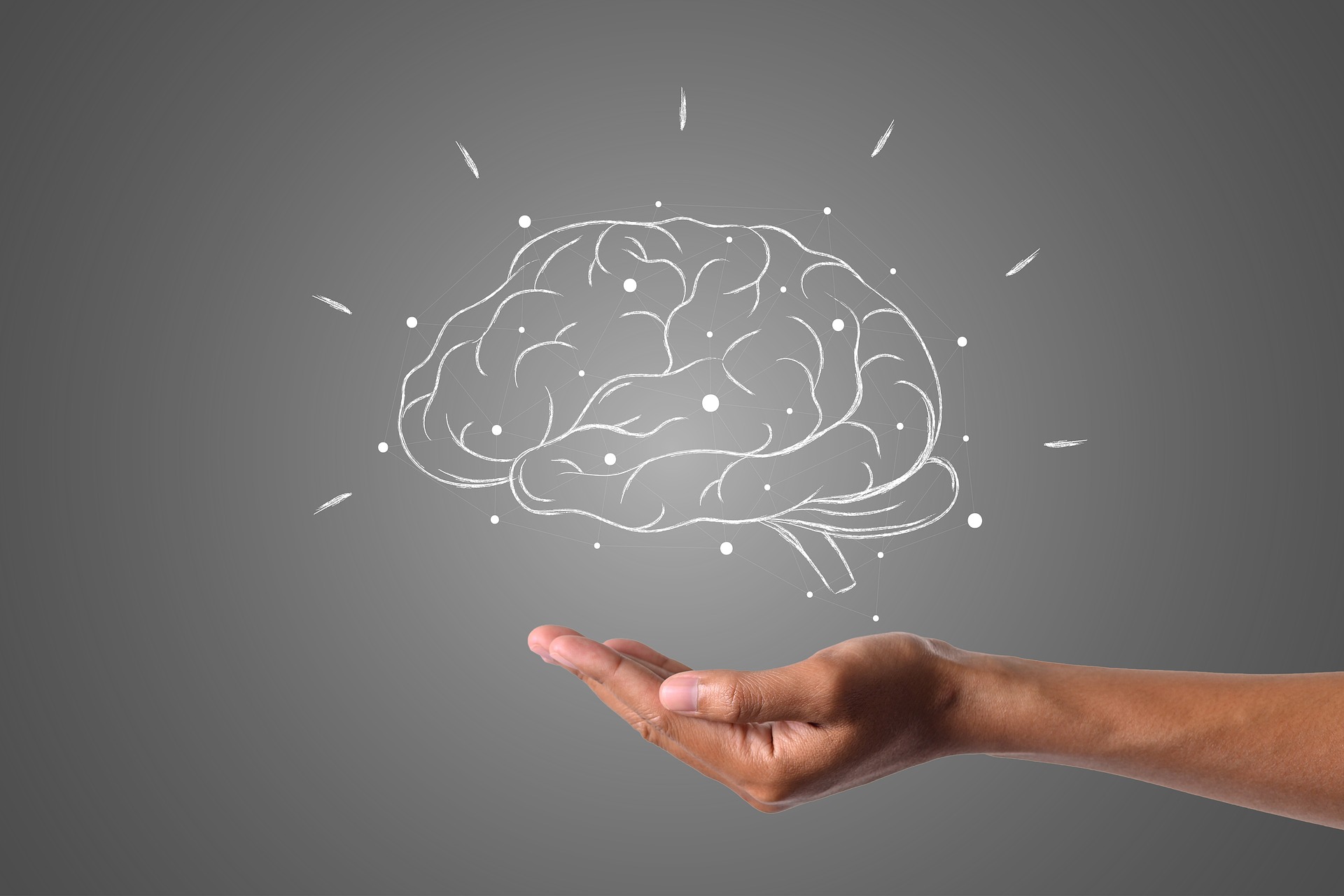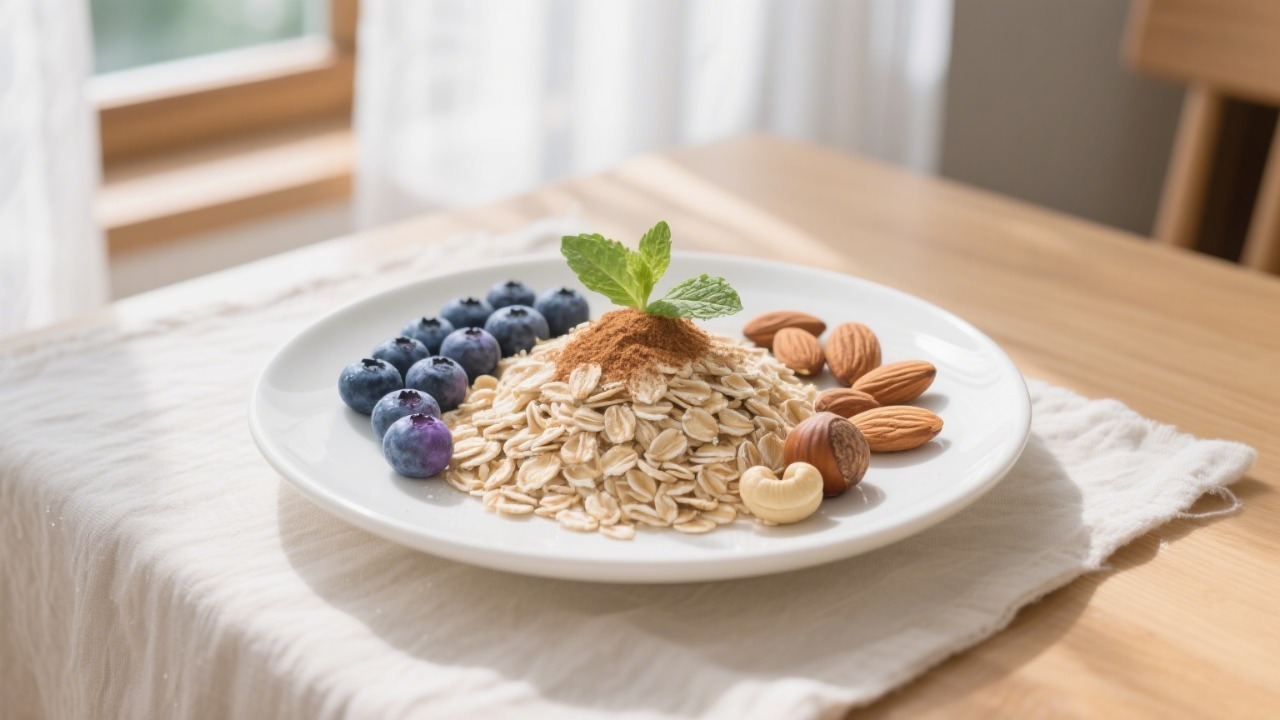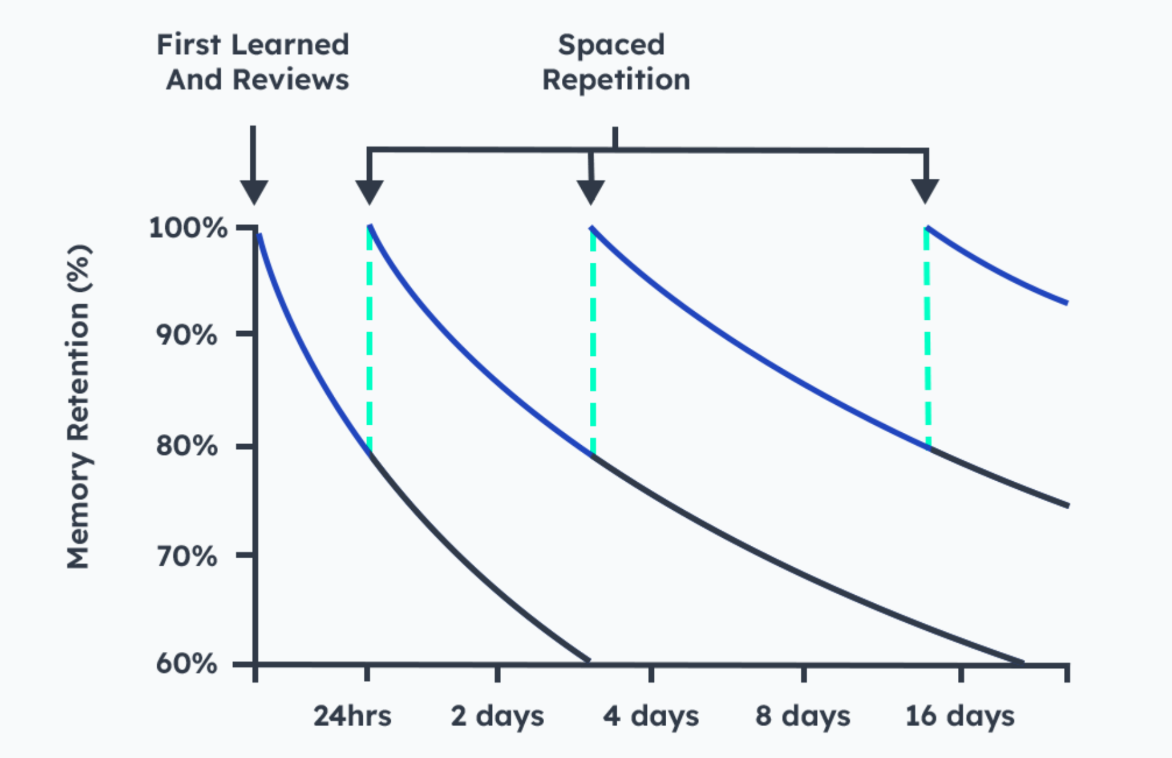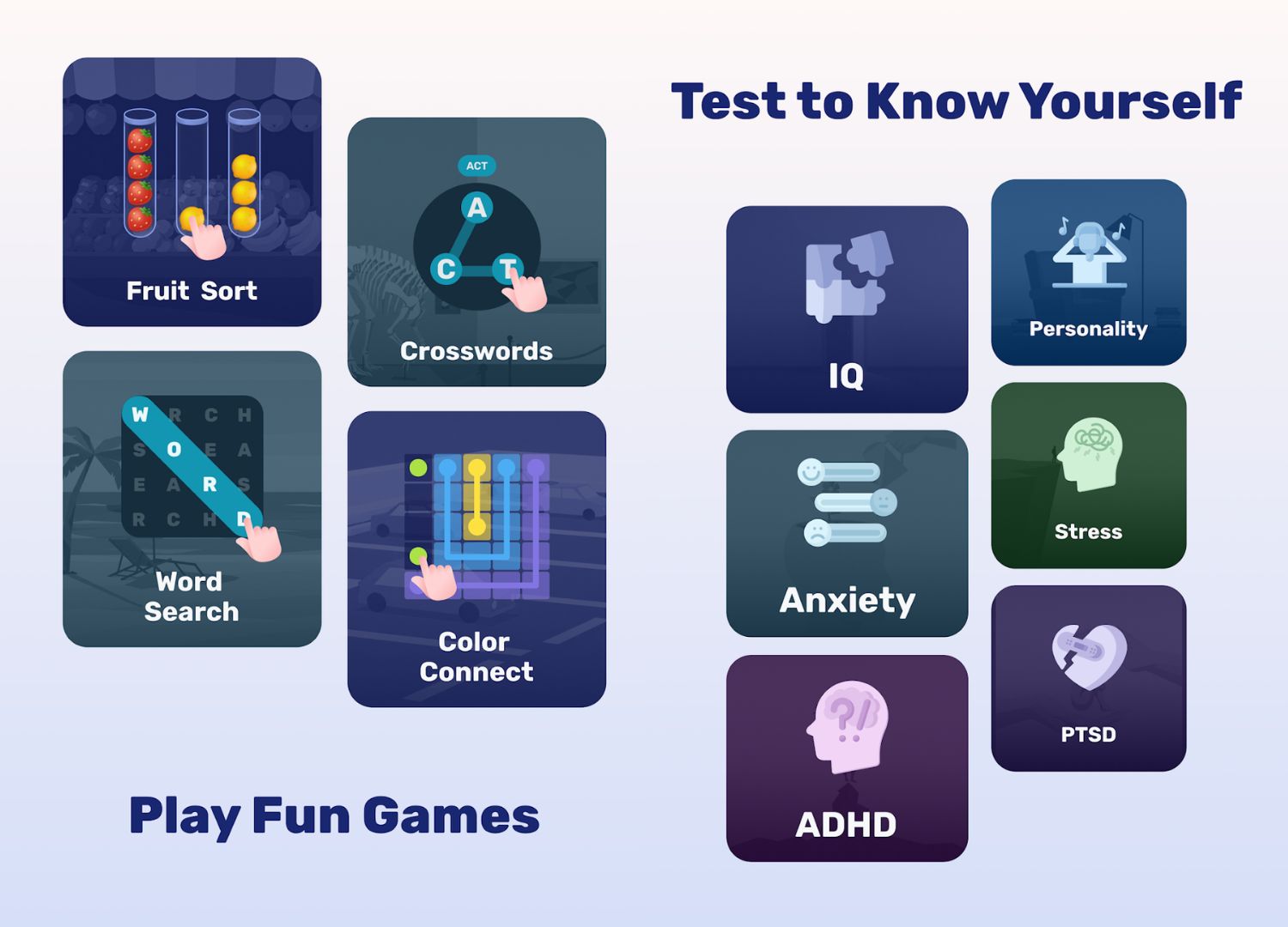How Can Memory Be Improved? Everything You Need to Know About Memory
Jerry Lead Contributor / Oct 20, 2025
Memory is an integral part of our daily lives. It underlies every moment of learning, doing, and creating, quietly anchoring our thoughts and actions. Remembering a meeting time, recalling a password, or listing the ingredients for dinner: its work feels seamless and quiet, yet without a healthy memory, even simple daily tasks would tumble into complication. This exploration will clarify how memory actually operates.

The Basic Principles of Memory
Types of Memory (Short-Term Memory and Long-Term Memory)
Memory is generally divided into short-term memory and long-term memory. Short-term memory is the cupboard that holds information for mere seconds to minutes, enough to keep a spoken address alive until the keypad is touched. In contrast, long-term memory is the attic—sometimes dusty—where our birthday parties, grammar rules, and the taste of a beloved dish are never formally labeled yet always present. Different types of memory operate in distinct regions of the brain, working in tandem to support one another.

How the Brain Stores and Retrieves Information
Both systems are united by the same chemical and electrical choreography. Beginning at the level of neurons, every piece of information is turned into a pattern of synaptic connections. Information first travels inward through the senses; the hippocampus, the brain’s waystation, sketches the first outline of a memory. That outline gains definition through layers of review, through contexts richest in meaning. Each deep revisit releases a chemical lubricant that fortifies and bridges synapses, converting the fragile moment into a permanent imprint of text, voice, or feeling. When a question is asked, the brain raises the matching pattern, waking the same invisible dance of neurons in reverse. Because the pattern of entry, fortification, and retrieval operates the same way, wisdom on the classroom level grows simple—it is repetition and meaning, again and again, that turns the fleeting into our treasure house.
The impact of lifestyle habits on memory
The importance of adequate sleep
Numerous studies have shown that sleep plays a crucial role in memory consolidation. Sleep’s role in strengthening memory is well established. When we sleep, our brains replay the day’s experiences, smoothing them into long-term memory. I’ve seen friends who cram late into the night routinely forget the very concepts they thought they mastered, proving that banking on sleep deprivation for last-minute reviews often backfires. An all-nighter rarely pays dividends the following morning.
Healthy Diet Promotes Brain Function
What does pay dividends is a well-balanced diet. Fatty fish packed with omega-3s and colorful fruits and veggies brimming with antioxidants shield our neurons from wear and tear and fine-tune our mental circuits. I’ve added walnuts and blueberries to my late-night snack, and I notice that I tackle problem sets with sharper focus and less mental dithering.

Appropriate physical exercise
Regular movement is equally beneficial. Every time I lace up my sneakers for a half-hour brisk walk, a torrent of freshly oxygenated blood, neurotrophic growth factors, and new brain connections floods my head. That single break often lifts the mental fog and curbs the post-hour-lecture slump.
Psychological factors and memory
Methods to reduce stress and anxiety
Perhaps most sobering is the damage a relentless stress cycle can wreak. Cortisol, our body’s stress hormone, does a good job in the short run, but the hippocampus, a core of memory processing, can eventually buckle if its exposure is prolonged. Gaining control of stress pays off in clearer thoughts, swifter recall, and a far more optimistic classroom experience than a descent into chronic tension.
In my own experience, when a stressful assignment looms, I pause for a few slow, deep breaths followed by a quick five-minute mindfulness exercise. This duo steadies my heartbeat, clears my head, and makes my working memory feel agile again.
Maintaining good attention and focus
Strong attention is the cornerstone of memory formation; the moment attention splinters—and notifications, chimes, and other distractions lasso our focus—encoding drops in efficiency. I silence notifications, schedule unbroken time blocks, and especially favor the Pomodoro technique: twenty-five focused minutes followed by a five-minute pause. Within those pockets, I absorb and retain material much more deeply and for much longer.
Practical Methods to Enhance Memory
Effective Review Techniques (Spaced Repetition, etc.)
Spaced repetition is a scientifically validated memory technique designed based on the forgetting curve. The technique—reviewing material just before the brain is about to forget it—mirrors the neuroscience slowing us down—every spring-loaded memory reminder furthers a long-term trace on the mind’s outer cortical maps. Mind maps suit me as scaffolds of meaning. I sketch a central topper, then weave branches of keywords and symbols. This graphic hierarchy lets my mind see how a battle, a treaty, and a rumor might converge on a single year in a single sketch of an era. Re miming a similar note in a lecture, I further cross-calibrate active sensor neurons.

Create mind maps and notes
Associative memory is my favorite boost: I string a new idea to a vivid piece of old information—an unexpected word paired to my living-room window—so that soon the new material glides in on the magnetic sweat of that déjà vu.
Utilizing association memory and storytelling methods
For recalling figures such as receipts, I translate the digits into vivid words and score them into a tiny narrative. By turning the detachment of a transaction into a plot driven by tiny heroes, I hook the information on the emotional scaffolding of the brain, which was crucial the day I had to compress a city-wide conference into a handful of takeaway slides and still managed to recite them verbatim.
Visualization and image memory
Taking facts out of their raw form and dressing them in mental costumes activates the visual pathways fastest. I stuffed a new pair of Spanish vocabulary words into a picture of sequined shoes and wound up remembering ‘zapatillas’ the way I might picture a photograph of real footwear. Decorating lessons with fresh colors, symbols, or tiny icons lets the retina confirm what the mind might still dismiss.
Modern tools to aid memory
Using memory apps and tools
There are now many memory-aiding software programs available, such as Free Brain Training. This app has a bunch of games to help you train your brain and improve your memory and thinking skills. Consistent training over a period of time can greatly improve memory and mental agility.

How Technology Can Help Manage Information
In addition to memory aids, digital note-taking software and task management tools help us organize and archive large amounts of information, preventing us from forgetting important matters. I use phone reminders and electronic calendars to ensure I don’t miss important meetings or tasks, thereby reducing mental strain and freeing up more cognitive resources to focus on memory and learning.
Final thoughts
There are no shortcuts to improving memory; it requires consistent practice and adjustment. I hope everyone will start today, combining scientific techniques with a healthy lifestyle, to gradually improve their memory, making learning and work more efficient and life more vibrant and fulfilling.
Disclaimer
Any assessments and their associated content on this website, regardless of date, are not intended to replace direct medical advice from your physician or other professional. If you experience severe or persistent symptoms, please consult a licensed mental health professional or healthcare provider.







